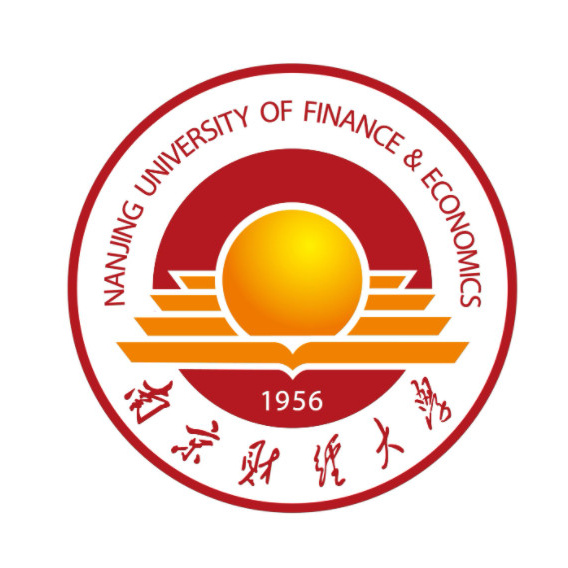Territory
China is located at the east coast of the largest continent (Eurasia) as well as the western margin of the largest ocean (Pacific). It has a land area of about 9.6 million square km, occupying 6.5 percent of the total land area of the world. From the confluence of the Heilong River and its tributary, the Wusuli River, westward to the Pamir Plateau, the distance is more than 5200 km. From midstream of the Heilong River north of Mohe, southward to Zengmu Shoal of the Nansha Islands near the equator, the distance is more than 5500 km. Its population of more than 1.3 billion accounts for approximately one-fifth of the world population...
MORENanjing Transportation
Nanjing International Airport
Nanjing Lukou International Airport is the "Gate" of Jiangsu Province, the third largest airport in eastern China and one of main air hubs in the country. For passengers’ convenience, there are not only shuttle buses running between the airport and downtown area, but also buses between the airport and nearby cities like Huai’an, Yangzhong, and Shuyang, etc.
From the airport to Nanjing: The 30-minute taxi journey to the city centre costs ¥100 or more. It is usually cheaper to take the airport bus to the centre and take a taxi from there.
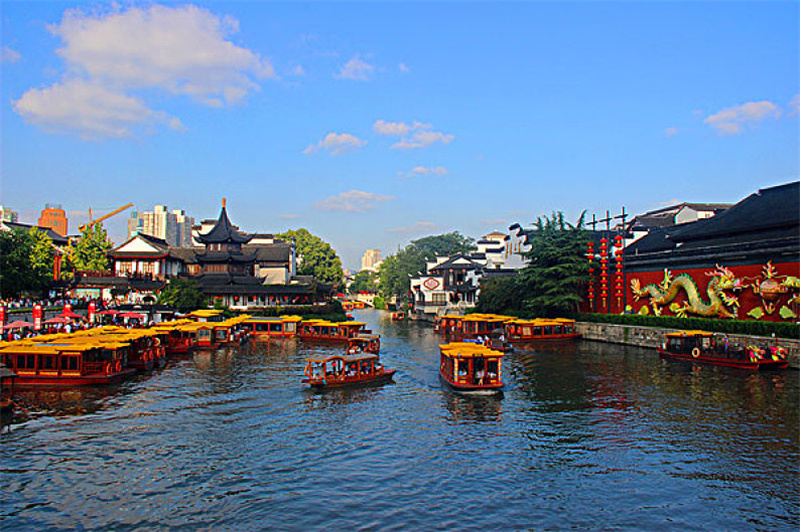
Nanjing Taxi
Taxis travel the main streets in the city. Compared with the big cities like Beijing and Shanghai, it is not difficult to hire one. The taxi fee for first three kilometers (about 1.9 miles) is CNY 9 and CNY 2.4 for extra per kilometer (about 0.6 mile) in daytime and CNY 2.7 in night time; in addition, a fuel surcharge of CNY 2 / ride is charged.
Tip: Be careful of taking taxi from a bus station or railway station. Unlicensed taxi touts can be very expensive.
Nanjing Train
Nanjing is an important meeting point of the country’s north-south and east-west railway trunks, which connects northern, eastern and middle regions of the country. The passenger transportation is handled at two railway stations: Nanjing Railway Station is operating regular and partial high-speed trains and South Railway Station is operating high-speed trains.
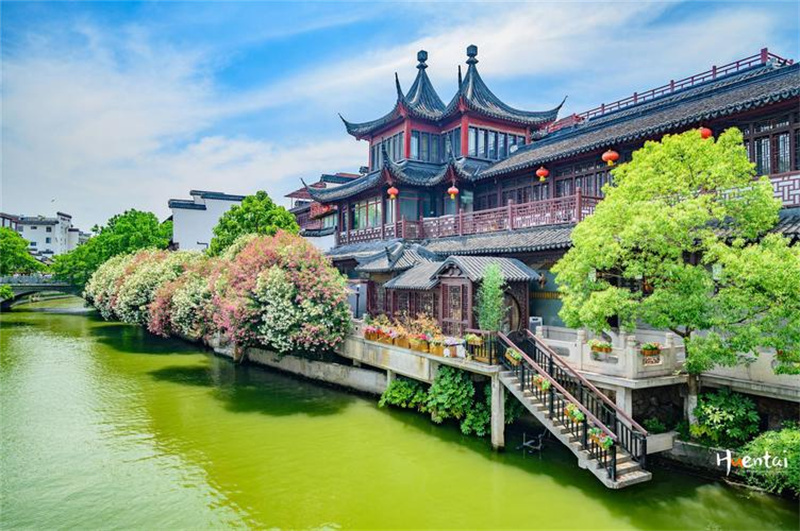
Nanjing Subway
With its subway line 1 put into service in 2005, Nanjing became the 6th city in mainland China having subway lines. Presently, the city’s subway mileage open to traffic is 85 kilometers (about 53 miles), consisting of line 1, line 2 and their extensions. By the end of 2014, the total length will reach 240 kilometers (about 149 miles). By 2030, there will be 17 lines servicing the citizens.
Nanjing City Bus
Compared with the subway, city buses are more flexible. They can take passengers almost anywhere they want in the city. The ticket fare is CNY 1 for regular buses and CNY 2 for air-conditioned ones.
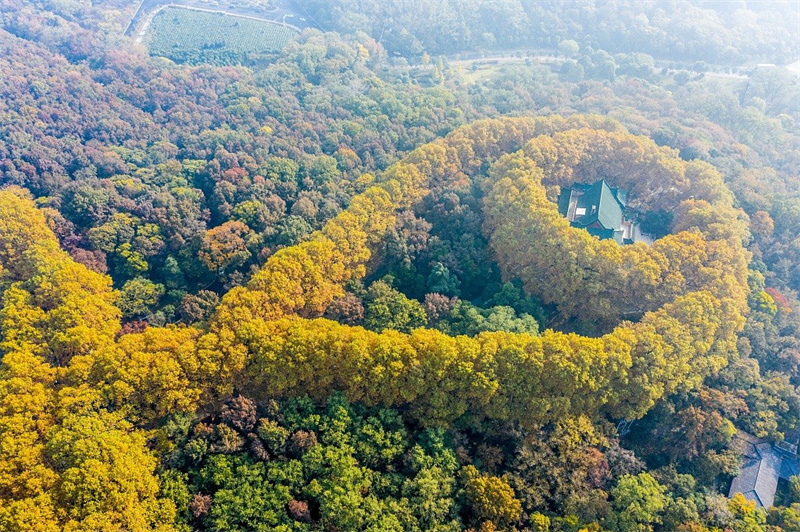
Nanjing Weather
Nanjing is Northern subtropical monsoon climate, obvious four seasons. Average temperature of year is 16°C, precip is 117 days per year. End of June to middle of July is rainy season.
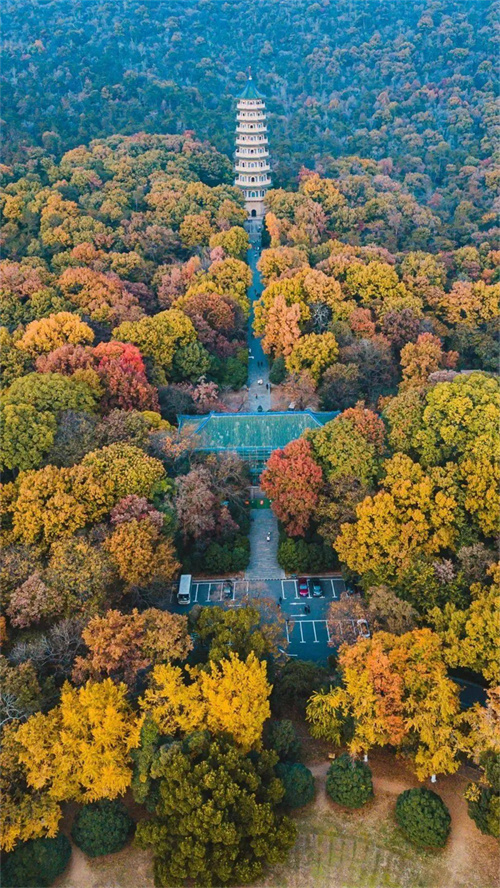
Spring & Summer
Spring
The spring of Nanjing, enjoying a decent temperature, is the most comfortable season for visitors.

Summer
The average annual temperature in Nanjing is about 15°C (60°F) and the time from mid-June to July is the rain period. Known as one of the three hottest cities in China, Nanjing's scorching summer period is to be avoided. The average ground temperature can reach 35°C (95°F) and the extreme highest point could reach 40°C (104°F) sometimes
Autumn & Winter
Autumn
The short and comfortable autumn time from October to mid-November is the best travel period for the city.
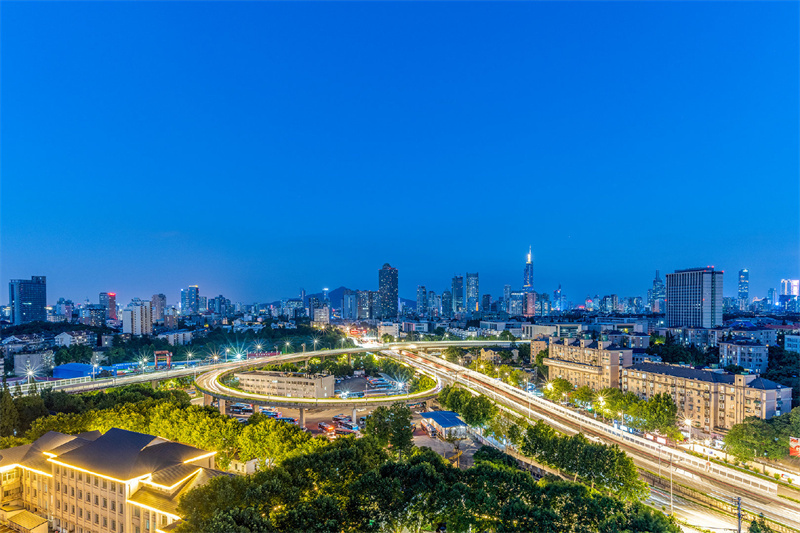
Winter
Unlike other southern cities in China, in December, it sometimes snows in the city. If fortunately, (may not be fortunate for some people), you will have an opportunity to appreciate the enthralling white snow world of Nanjing. In the coldest month - January, the temperature could be as low as -7°C (19°F).
Nanjing Scenery
Nanjing has been the capital of several Chinese imperial dynasties. It has a variety of historical and cultural heritage evident in its architecture like imperial mausoleums, old temples, traditional garden buildings, and museums.
The Confucius Temple
The Confucius Temple in Nanjing was originally constructed in the year of 1034 in the Song Dynasty. It was a place to worship and consecrate Confucius, the great philosopher and educator of ancient China. It is also known as Fuzimiao in Chinese. It suffered repeated damage and has been rebuilt on several occasions since that time. 1937 was the most destruction when it was burnt to ruin by Japanese aggressors. In 1984 the temple was rebuilt under the support of the local government.
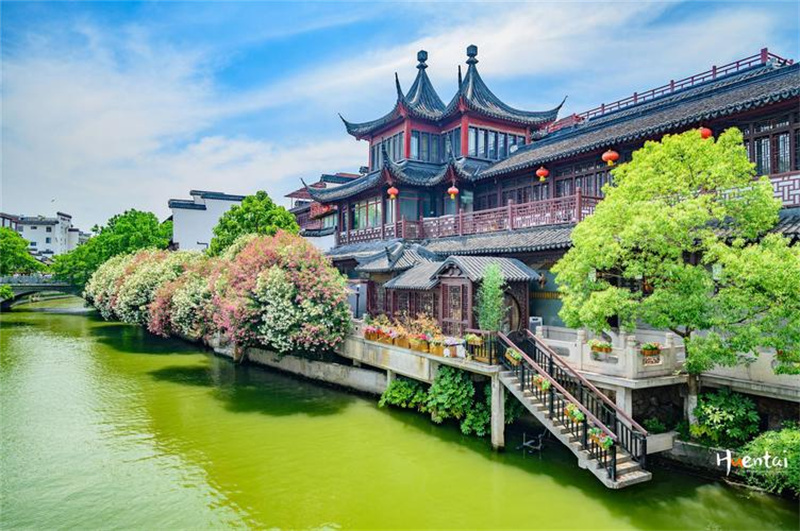
Qinhuai River
Qinhuai River is the largest river in the Nanjing City area and is the 'life blood' of the city. It is so fascinating that it captures the imaginations of people both at home and abroad.
Dr. Sun Yat-sen's Mausoleum
Dr. Sun Yat-sen's Mausoleum is located in the Zhong Mountain Scenic Area in the east suburb of Nanjing City, Jiangsu Province. As the mausoleum of Dr. Sun Yat-sen, the father of the Republic of China, it is considered the Holy land of Chinese people both home and abroad. With deep historical significance, magnificent architecture and beautiful scenery, it is a must see when visiting Nanjing.








